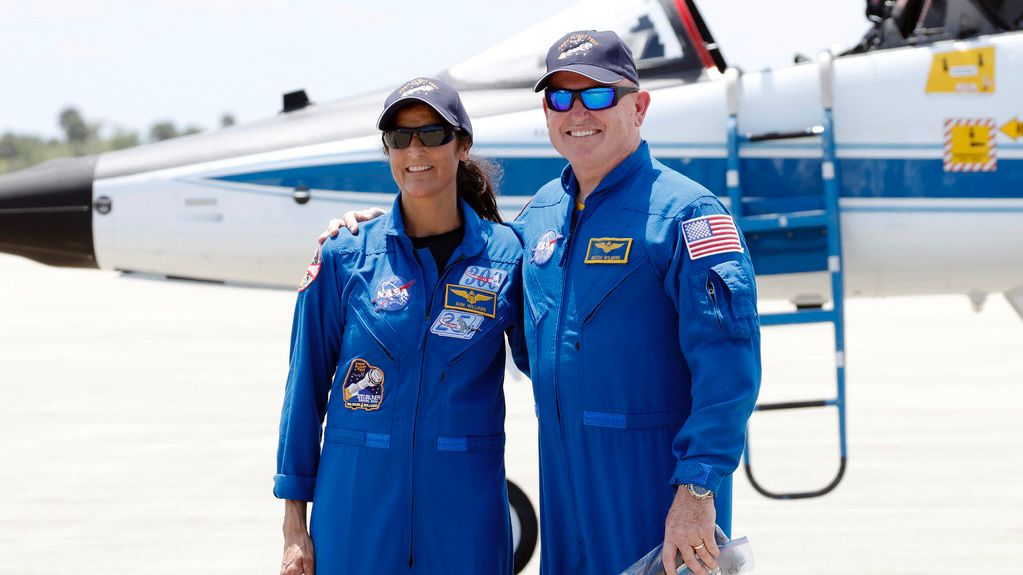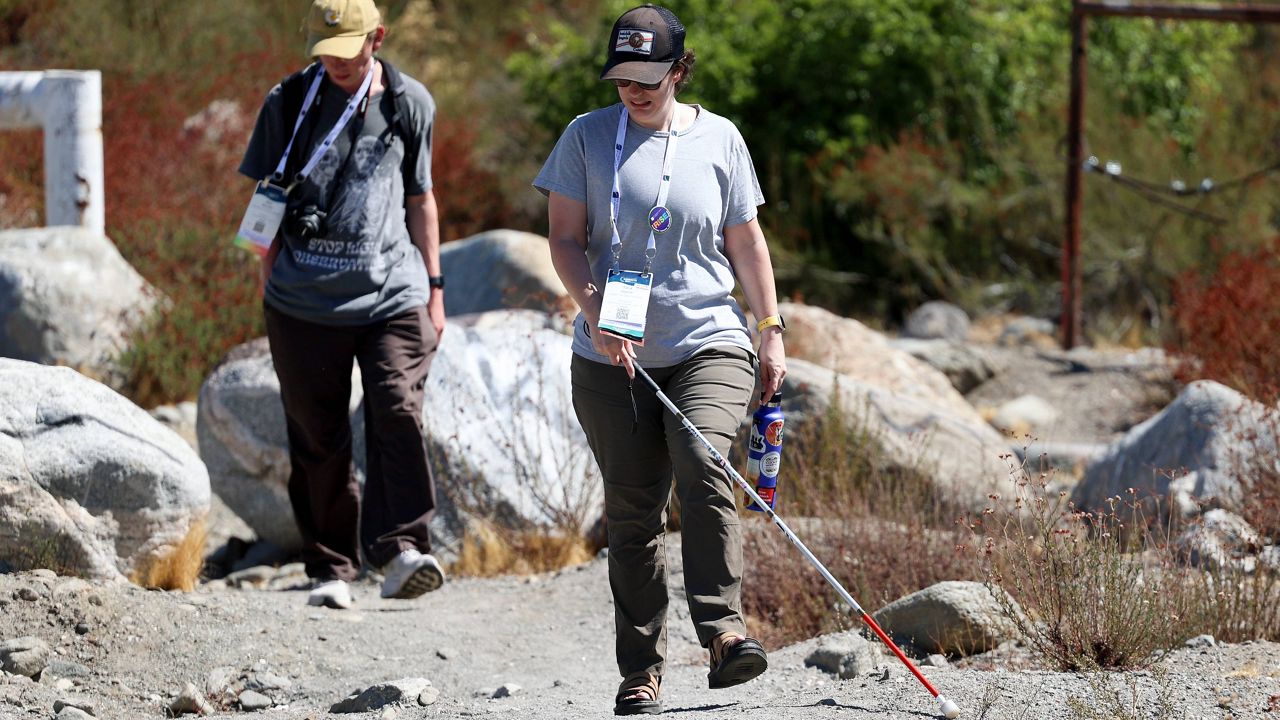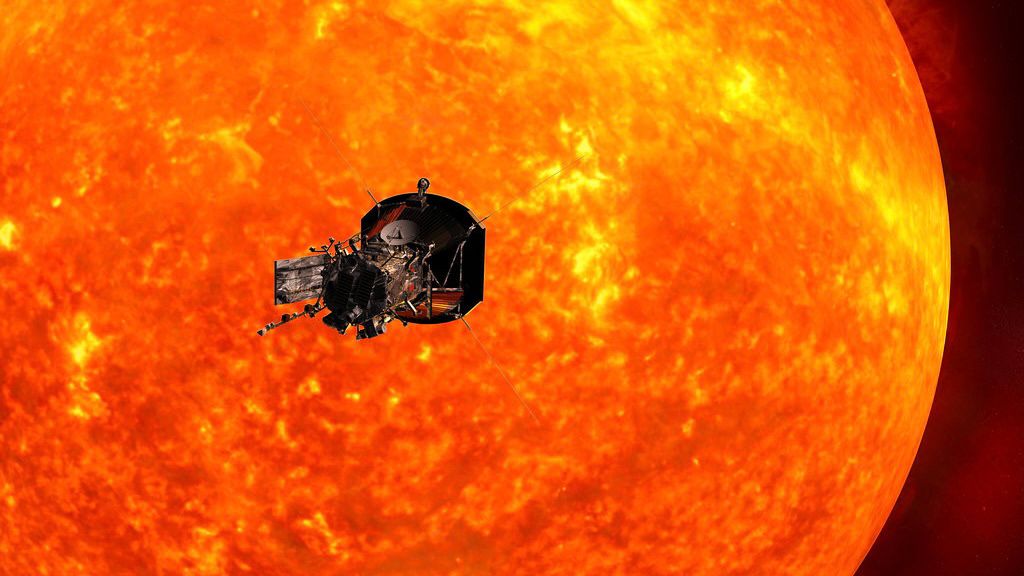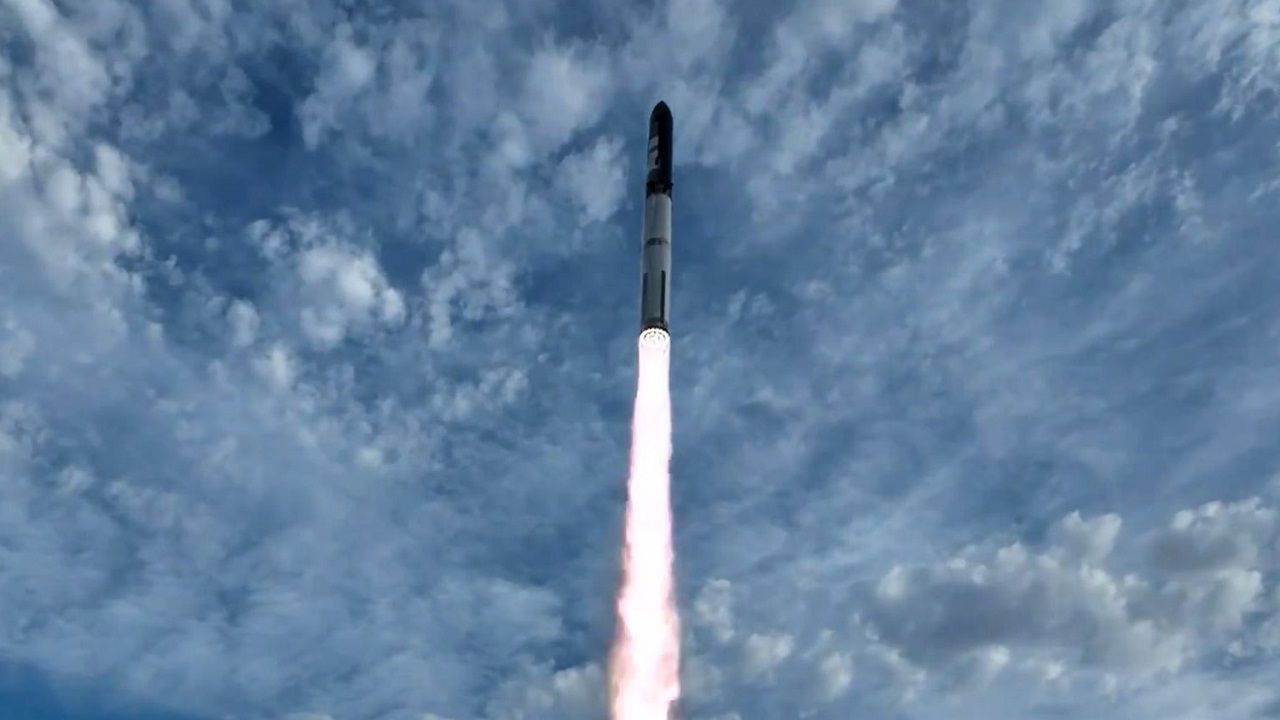NASA has given the go ahead for Boeing to launch its first crewed mission to space. The Starliner is scheduled to rocket off to the International Space Station Monday at 10:34 p.m. ET with astronauts Butch Wilmore and Suni Williams.
“This is a test flight that brings to bear all the things that the title implies. We’re testing the vehicle for the first time with humans on board,” NASA Administrator Bill Nelson said Friday during a briefing about next week’s flight.
Boeing’s Starliner is the sixth new vehicle NASA has launched since the first crewed Mercury flight in 1961. It is the second to be designed by a commercial entity, following SpaceX, which began crewed missions with its Dragon spacecraft in 2020.
“I’ve never felt readier on any mission that I’ve participated in,” Boeing Commercial Crew Program Vice President Mark Nappi said during the briefing. “We are fully aligned with NASA.”
Boeing has a contract with NASA to fly the Starliner to the International Space Station six times through the end of the decade. NASA plans to alternate its flights to the ISS between the SpaceX Dragon and Boeing Starliner, with each company flying once each year at six-month intervals.
“This will give us that additional capability because we always look for a backup,” Nelson said. “Having two gives you the robust capability of carrying out the mission.”
The International Space Station will continue operating through 2031, when it is scheduled to de-orbit. Around that time, it will be replaced with a commercial space station, Nelson said.
The Starliner flight comes as Boeing is under multiple safety investigations for its role in an Alaska Airlines flight that lost a door plug midair in early January. Nelson said he has talked to Boeing CEO Dave Calhoun multiple times since then.
“My observation is that this is a clean spaceship, and it’s ready to launch,” he said. “I can tell you from NASA’s point of view, we don’t launch until it’s ready.”
Nappi said Boeing has worked "very, very closely" with NASA “with everything we do from the factory floor to the software to all of our engineering design and our certification products. And we’ve come to the point where we are in total agreement.”
Boeing has been developing Starliner for ten years. Its first flight test without astronauts took place in 2019.
Following next week’s flight with NASA astronauts, Boeing’s first official mission, Starliner 1, is scheduled for Spring 2025. NASA said it’s possible some of the space station’s international partners will fly astronauts on Starliner beginning next year. Russian cosmonauts are not expected to join until at least 2026, after Starliner has successfully completed its first long-duration flight.
Next week’s Starliner test is expected to last 26-1/2 hours before docking at the ISS Wednesday morning. The astronauts are expected to remain on the space station for about eight days conducting various science experiments, though they could stay longer.
The Starliner will fly autonomously but has the ability for the astronauts to take over the controls and fly it entirely manually. Nelson said the astronauts Wilmore and Williams will be checking out the spacecraft’s manual controls and life support systems.
NASA Launch Weather Officer Brian Cizek said there is a 95% chance Starliner will launch as planned. If weather scrubs the launch, NASA will try again on May 7 at 10:11 p.m. ET and has additional backups planned for May 10 and 11.









